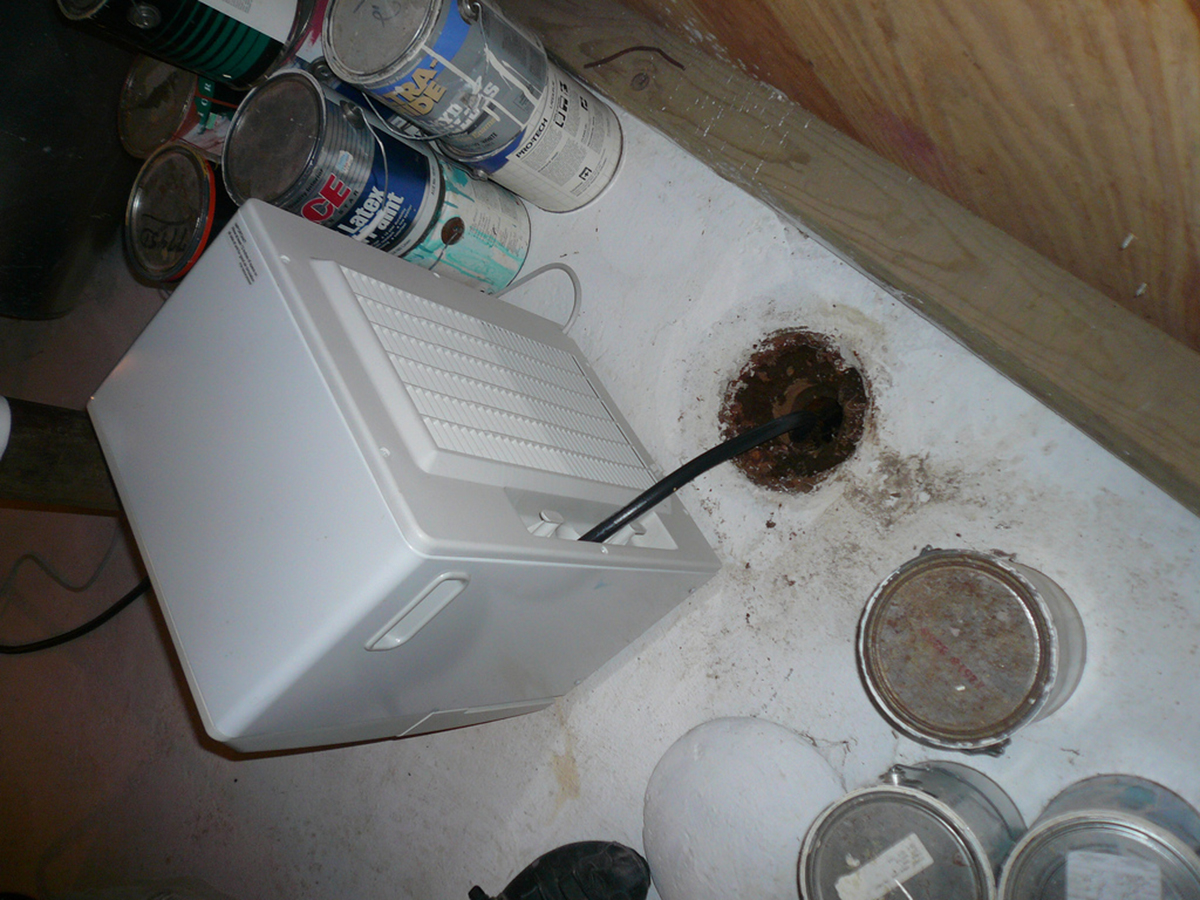Table of Contents
Making Damp Homes Less Damp
Excess moisture creates an ideal environment for mold and mildew — dubious "house guests" you'd rather not have. People fighting to keep their homes as warm as possible may not be delighted at the thought of ventilating all the time, something that's nonetheless an important contributor to a less damp living environment, and something you should ideally do every day. Even those who ventilate regularly may find that the battle against dampness is a losing one, as they shower, cook, line-dry clothes, and well, breathe, indoors.

What can you do in a high-humidity home, apart from regular ventilation? Electric dehumidifiers can be a real life-saver, but they're also expensive. Dedicated commercial "moisture eaters" can be purchased, but you will also find that generic sodium chloride, placed in buckets around your living space, will do a good job at reducing moisture in your home. Silica gel is another option. Once these damp fighters collect lots of moisture, simply replace them.
Your home may be damp due to leaky pipes or rising moisture from homes beneath you, but there will also always be some level of condensation. Wiping down condensation that accumulates on windows can prevent them from rotting, and sponge strips can help you collect condensation so they don't ruin your window sills.
Dealing With Mold?
While some people don't seem to be affected by a moldy environment, others begin to suffer from chronic stuffed noses, wheezing, cough, irritated eyes, and skin problems. Those with asthma and other upper respiratory problems are especially likely to fall victim to the effects of mold.
Fungicidal washes can help you treat the mold you are already dealing with. Knowing that many people instead use bleach washes to fight mold, the US Centers for Disease Control and Prevention advise them to use "no more than 1 cup of household laundry bleach in 1 gallon of water" and to "never mix bleach with ammonia or other household cleaners" to prevent the spread of toxic fumes. Should you be looking for a more environmentally-friendly solution to mold, you can try using vinegar instead of bleach.
A good fungicidal paint can offer a more long-term solution to a mold problem. Meanwhile, never forget that damp is the ultimate cause of mold — it doesn't thrive in dry environments. The steps you take to reduce the humidity in your home also have a very direct impact on mold.
READ Do You Suffer From Cold Hands And Feet In Winter? Time To Find A Cure!
Cold, Damp, And Mold: Winter Health's Bermuda Triangle
Healthy homes are a safe "base camp": a place you come to after spending time in the cold outside, a place where you'll recuperate from winter illnesses, and a place where you'll feel comfortable. Unfortunately, where there's damp, there's often mold, and where there's damp and mold, chances are that the home isn't being heated adequately. Thankfully, however, you can maximize heat and mimimize damp and mold with the strategies laid out. Before you know it, the winter will be behind you.
- Photo courtesy of jdickert: www.flickr.com/photos/jdickert/2570138873/
- Photo courtesy of rexroof: www.flickr.com/photos/rexroof/755452434/
- Photo courtesy of iowapolitics: www.flickr.com/photos/iowapolitics/6721493181/


Your thoughts on this